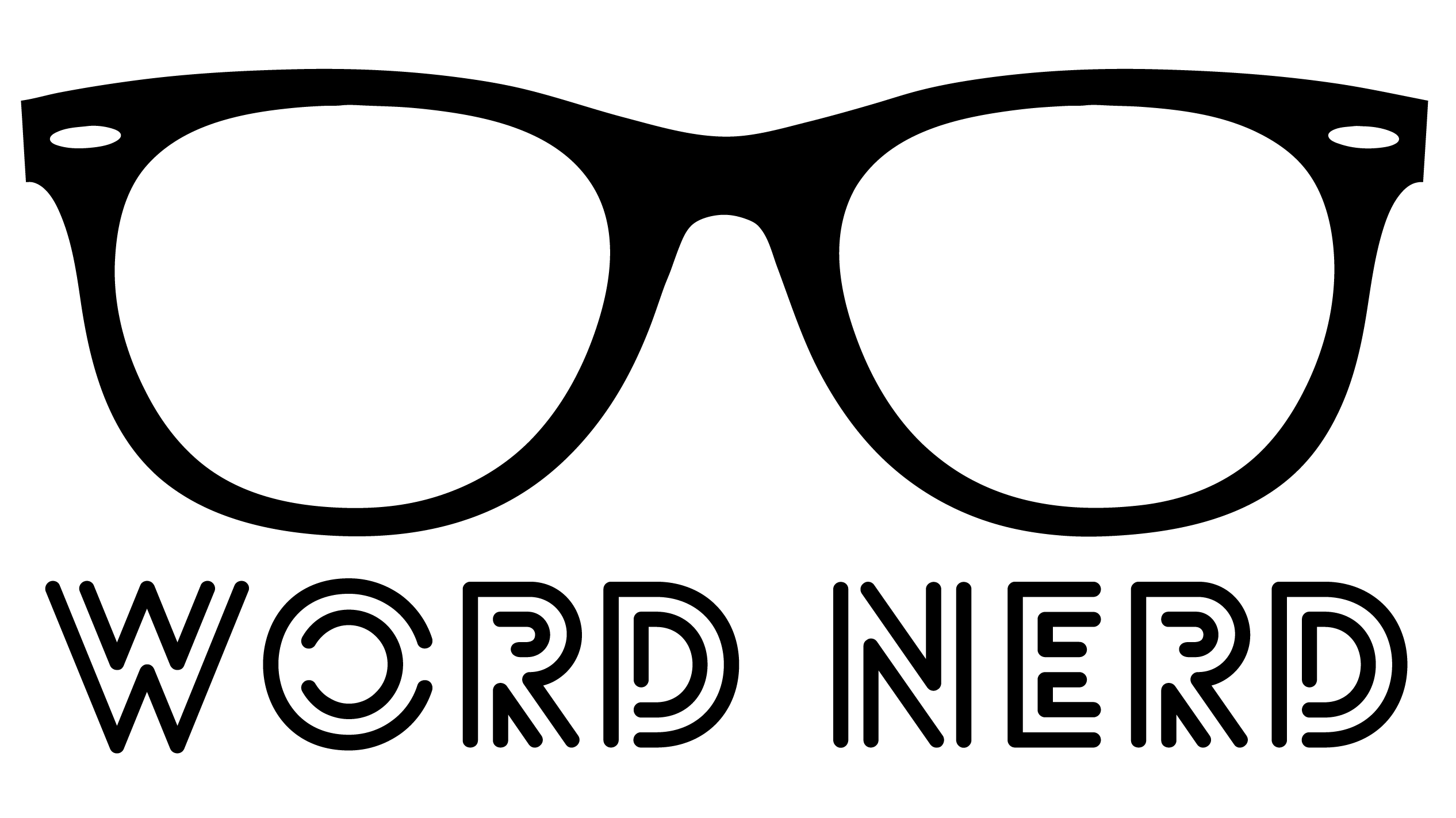Do you even know what you’re wearing?
The use of chemicals is, in many cases, an unavoidable part of the production of clothing. Some of the common chemicals found in fashion garments have proven to be toxic and hazardous for the health of workers and farmers.
Did you know they also be dangerous for your health?
Find out which materials are less likely to have toxic clothing dyes and what can you do to protect your health.
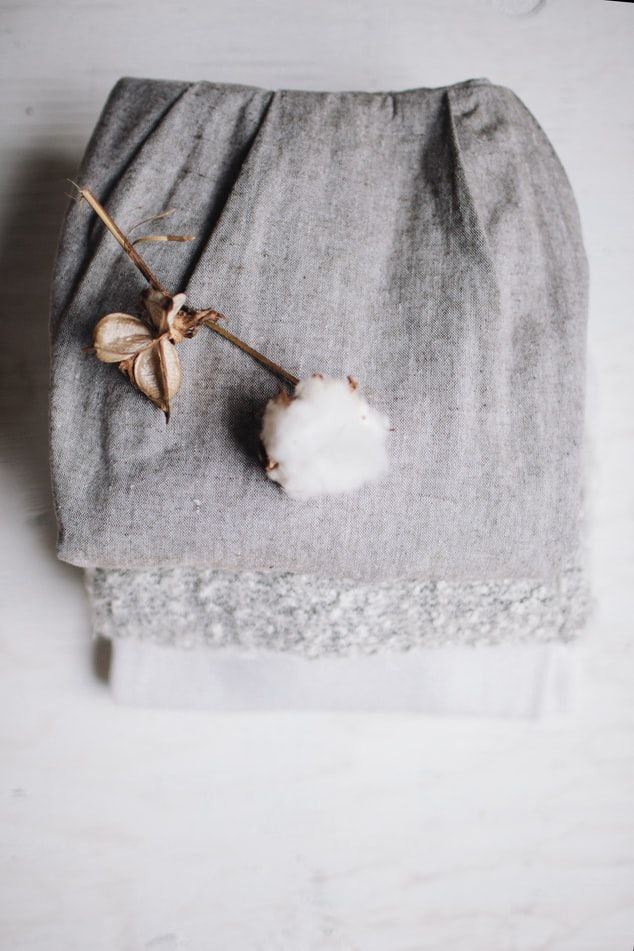
Environmental Cost of Toxic Fashion
Chemicals are an unavoidable part of garment production from the fibre production to their wet processing. Potentially harmful chemicals are commonly used in the dyeing and bleaching of new clothes.
During that process, harmful chemicals also find their way into rivers, contaminating drinking water and polluting oceans.
Therefore, early stages of clothes production are responsible for endangering the health of others, whether they signed up for it or not.
But are clothing fabrics still toxic after all their treatment and cleaning by their manufacturers?
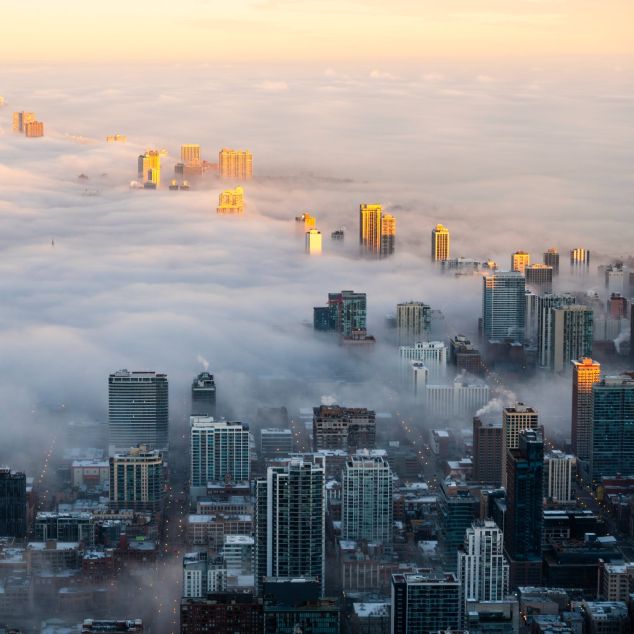
Health Dangers of Toxic Fashion
It goes without saying that the manufacturing of the garments is more hazardous for farmers and factory workers.
Toxic chemicals such as pesticides used in cotton farming already cause premature deaths of farmers. Moreover, factory employees inhale chemicals and fibre particles directly whilst working daily in poor conditions for less than a minimum wage.
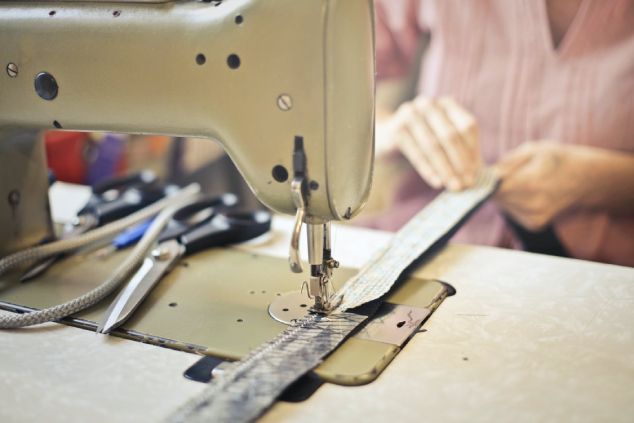
However, that does not mean that the garments in fashion stores are free of toxic chemicals.
The clothes you find in fashion stores are less dangerous for consumers, but the materials still contain dangerous toxins.
Greenpeace listed a number of chemicals that are commonly used in the treatment of garments for cleaning, dyeing, making them softer, less prone to wrinkling, etc.
Many of them are potentially cancerous, hormone-disrupting, can build up in living organisms, cause harm to environment and aquatic life, but despite that their use is often not genuinely regulated.
You might be wondering if you can avoid chemicals in clothes altogether by buying 100% natural fibres.
As it is sometimes the pattern with the fashion industry, garments, and accessories advertised as good for you could be potentially toxic.
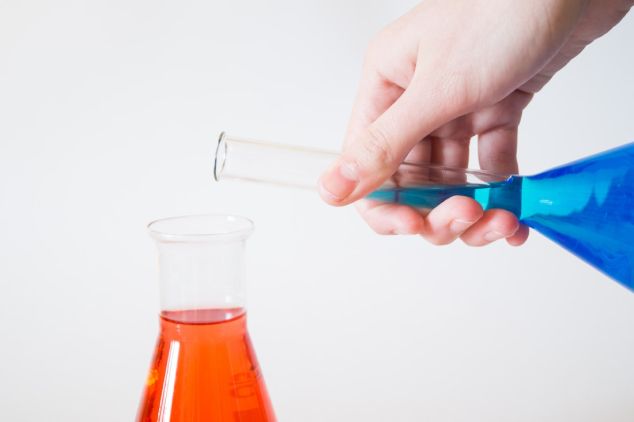
What Can You Do?
Couldn’t you just wash the clothes after you buy them from your fashion brand and not worry about the toxic clothing chemicals in materials?
You should always wash your new clothes to remove traces of chemicals that can be found even on fibres advertised as 100% natural.
However, washing the clothes will not remove traces of all dangerous chemicals, let alone avoid the shedding of microplastic fibres.
In fact, each wash using high temperatures can lead to the release of harmful chemicals.
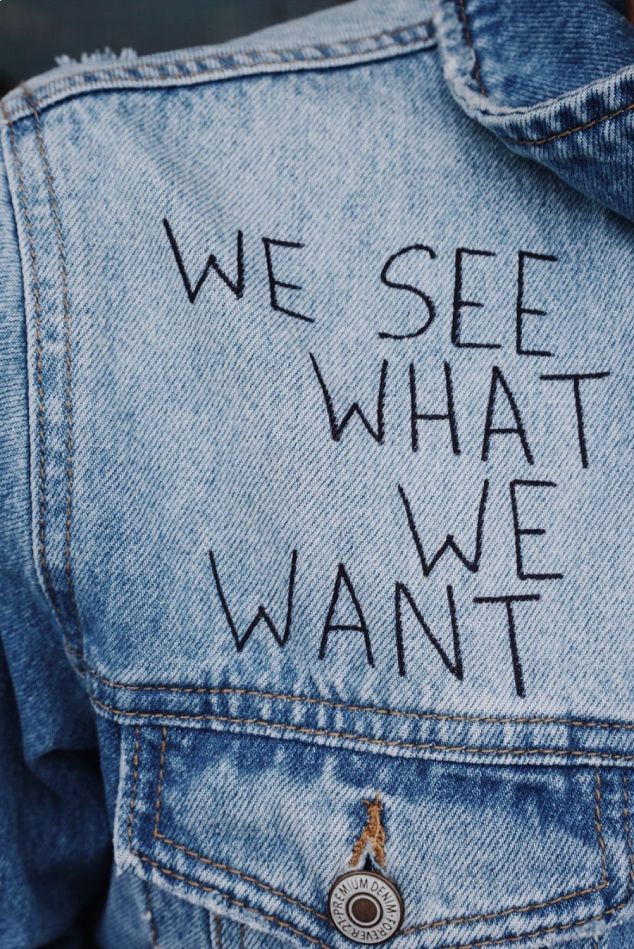
Choose brands accordingly to their sustainability practices. That is to say, support brands known for their regulations concerning toxic substances in clothing.
Many brands continue to use toxic chemicals even though they are aware of the dangers caused to consumer’s and worker’s health and the devastating impact this has on the environment.
This is because they find it difficult to find the right replacement.
So, what can you do about it?
If you find brands way out of your budget, you can always buy quality clothes second hand or practice buying less in general to avoid toxic clothing chemicals.
Purchase clothes made out of organic fibres such as various recycled fibres (cotton, wool, nylon, and polyester), plant-based fibres (e.g. organic cotton and hemp), or semi-synthetic fibres (pineapple fibre, sustainable bamboo, etc.).
Garments that are made out of organic fibres have certification labels you can check to make sure you are paying for a product that is not toxic. Look up labels such as OEKO-TEX®, GOTS, and BLUESIGN® as they indicate companies with high regulations.

Final Word
It’s hard to avoid toxic clothing as potentially hazardous chemicals are used in garment production by most fashion companies. But, there is always something you can do to fight against practices of the toxic fashion industry.
